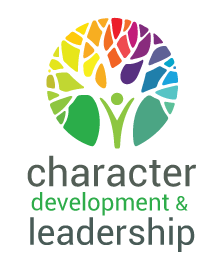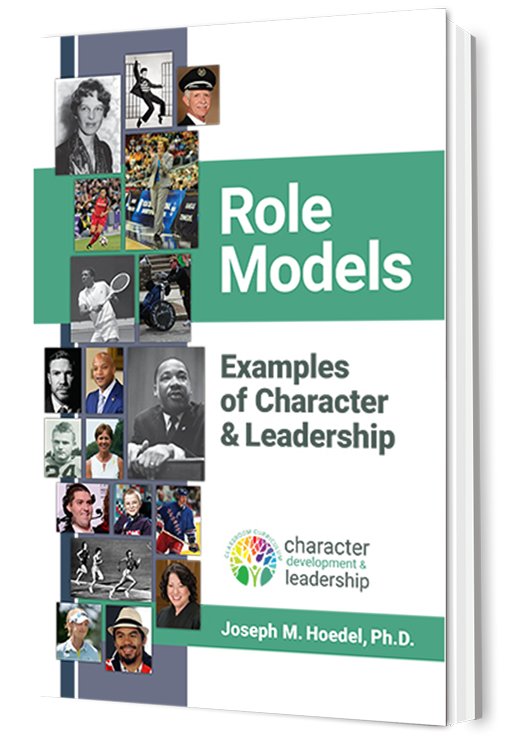
Role Models: Examples of Character and Leadership serves as the textbook for the curriculum.
We believe kids need positive role models to look up to and emulate. Unfortunately, many kids today report they do not have role models. Other times, the role model is, at best, a curious choice. The Role Models textbook highlights 36 individuals who exemplify the different character traits covered in the curriculum. This book offers a mix of historical figures that have stood the test of time like Amelia Earhart, Booker T. Washington and Helen Keller, as well as contemporary figures who are worthy of our admiration, such as Pat Tillman, Christopher Reeve and Oprah Winfrey. Quizzes and vocabulary lists accompany each chapter.
Positive Attitude

Mattie Stepanek
After three of his siblings died from Muscular Dystrophy, Mattie wrote 5 national best selling books on poetry to deal with his sorrow. Mattie lost his battle with MD at the age of 13.
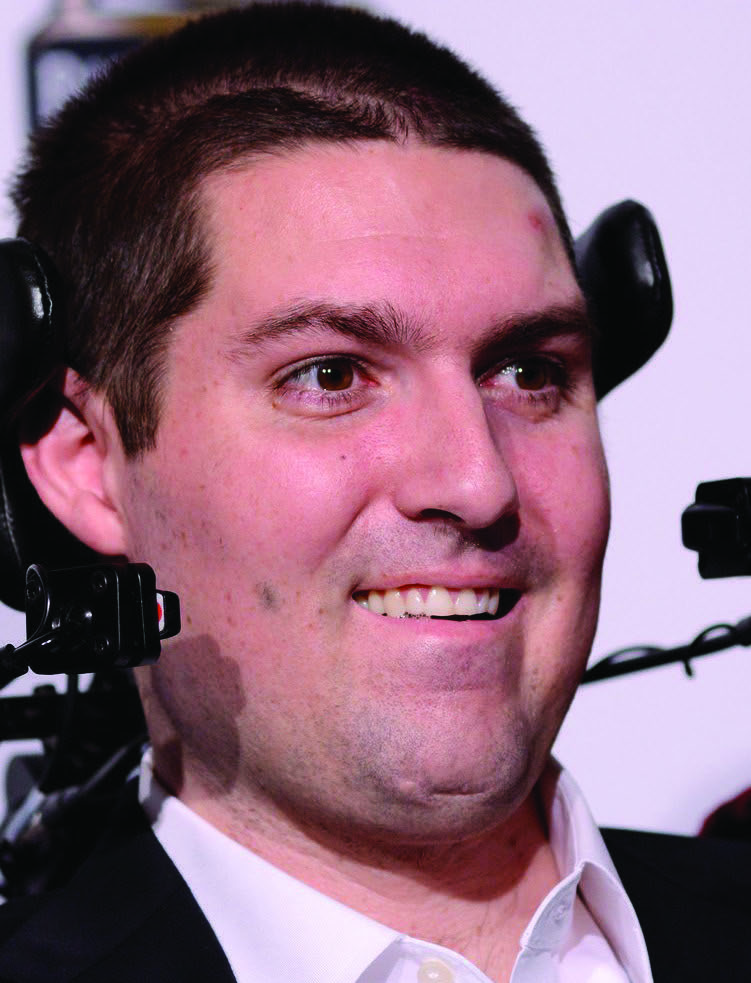
Pete Frates
He is the man behind the ALS Ice Bucket Challenge that so many participated in on Facebook in 2014. These videos were watched by 440 million people and raised over $220 million for the ALS Foundation.
Preparation
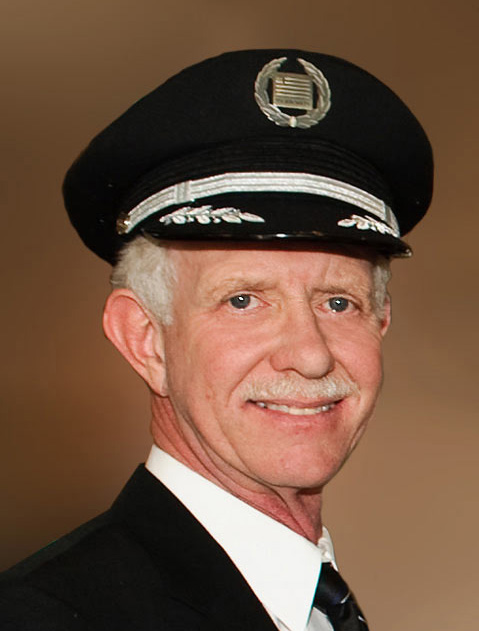
Chesley “Sully” Sullenberger
Chesley Sullenberger is most notably known as the pilot who successfully landed US Airways Flight 1549 in the Hudson River with all passengers and crew surviving the ordeal. While most know that he had seconds to respond after both engines were knocked out after hitting a flock of birds, he believes that he had a lifetime to prepare for this incident.

Nelly Korda
Nelly won the Olympic gold medal for golf in 2020 and has been ranked the #1 golfer in the world for 26 consecutive weeks.
Perseverance
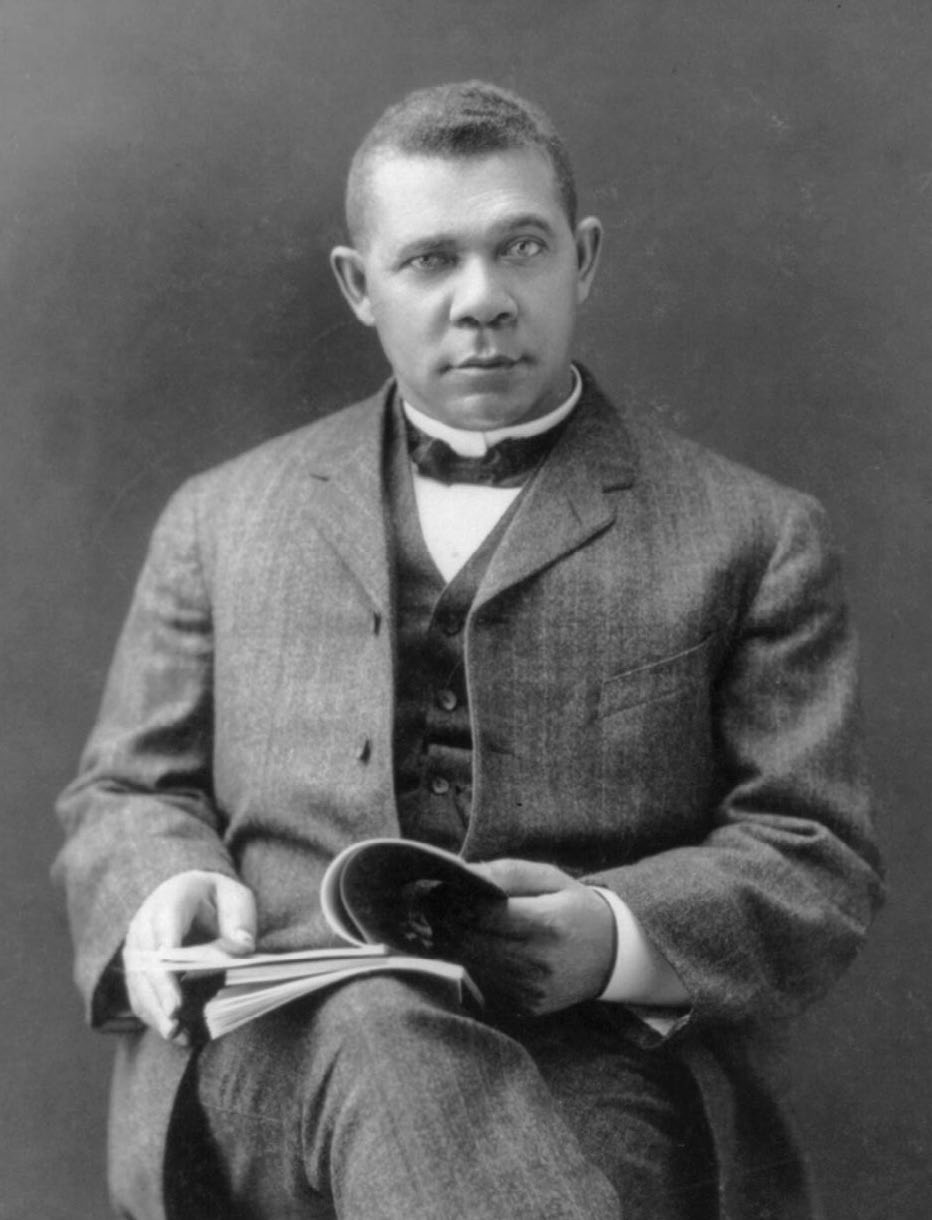
Booker T. Washington
Booker was born a slave. After overcoming so many obstacles, he became the first principal of Tuskegee Institute and later served as an advisor to several presidents.
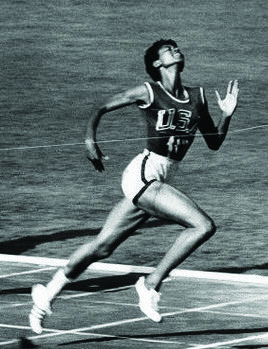
Wilma Rudolph
As a child, Wilma had polio. She walked with braces. She became the first female to win 3 gold medals in a summer Olympics and set the word record for fastest woman to ever run the 100 meter dash.
Respect
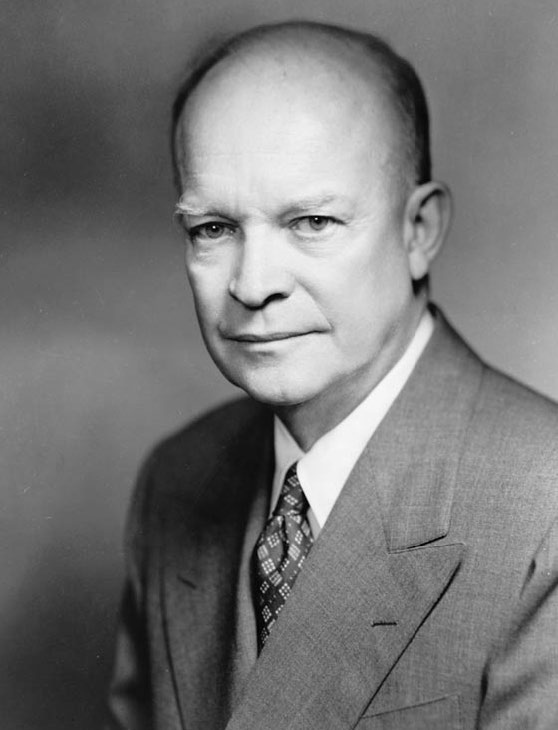
Dwight Eisenhower
Eisenhower was the Supreme Commander of Allied Forces in Europe during WWII and orchestrated the D-Day Normandy Invasion. He was later elected as a two-term president.
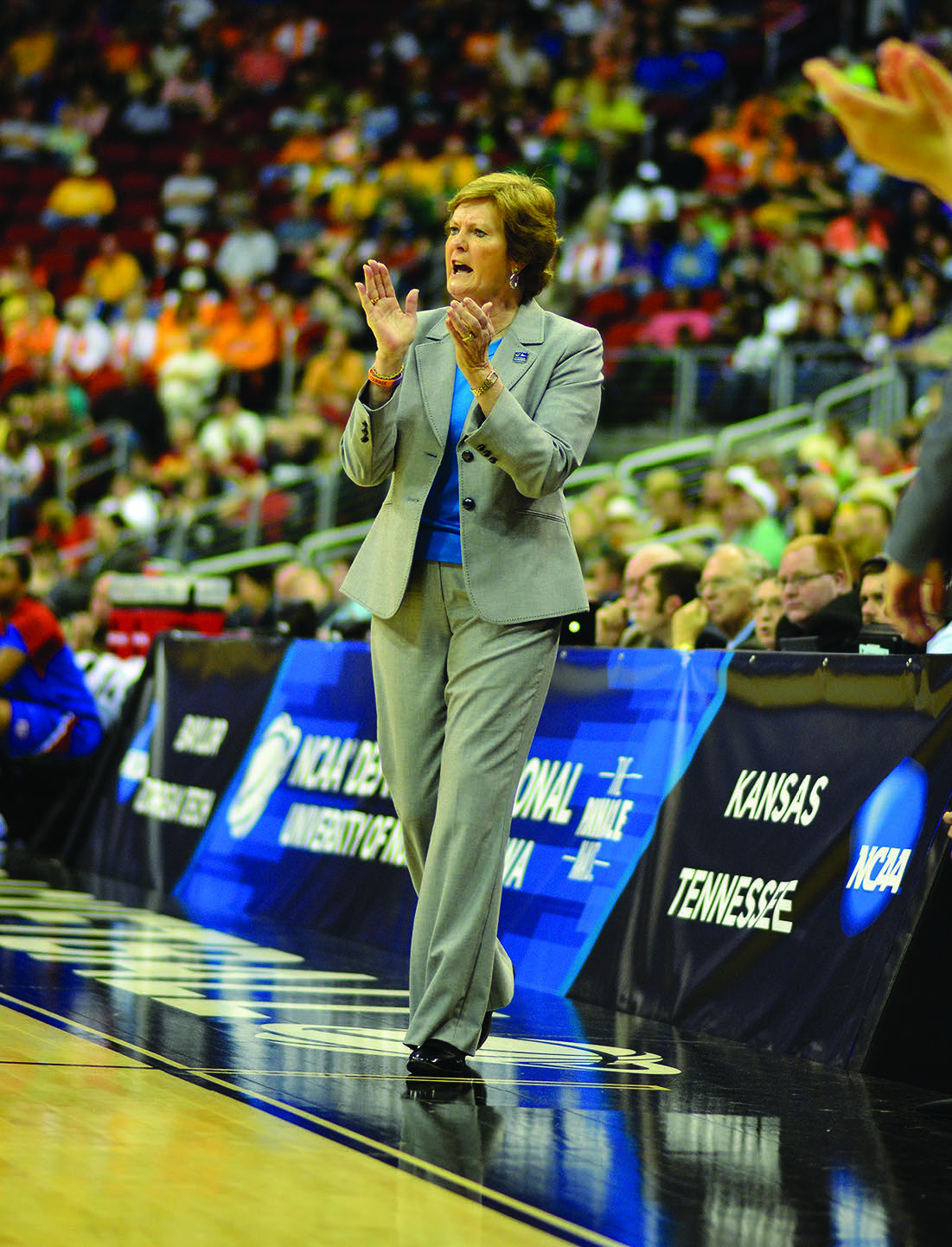
Pat Summit
Pat was the long-time head coach of women’s basketball at the University of Tennessee. Her teams won 8 national championships and played in 18 Final Fours.
Honesty
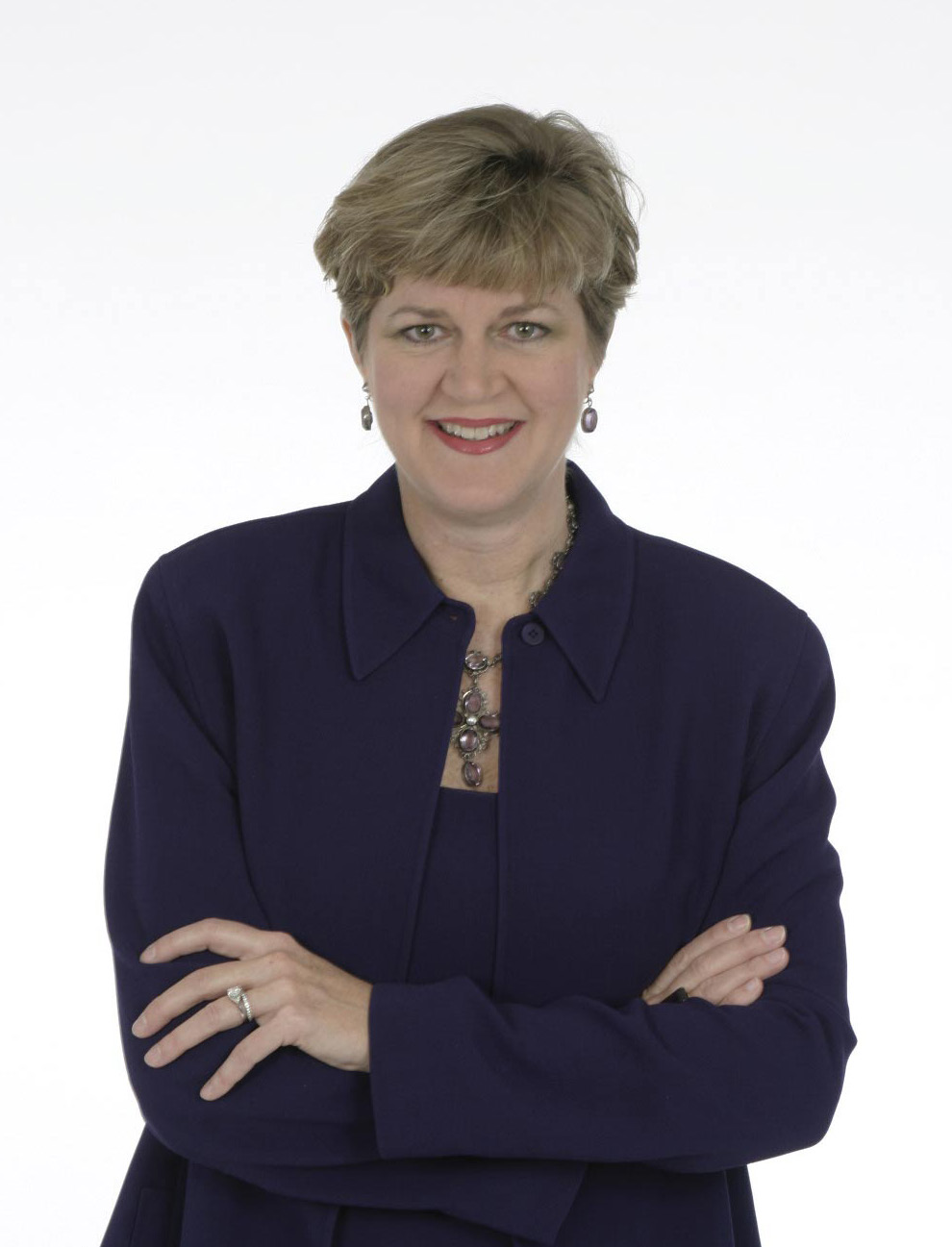
Sherron Watkins
When the dust settled after the Enron scandal, Sherron was the only person to have reported the unethical behavior to the CEO. She also testified before the U.S. Congress.
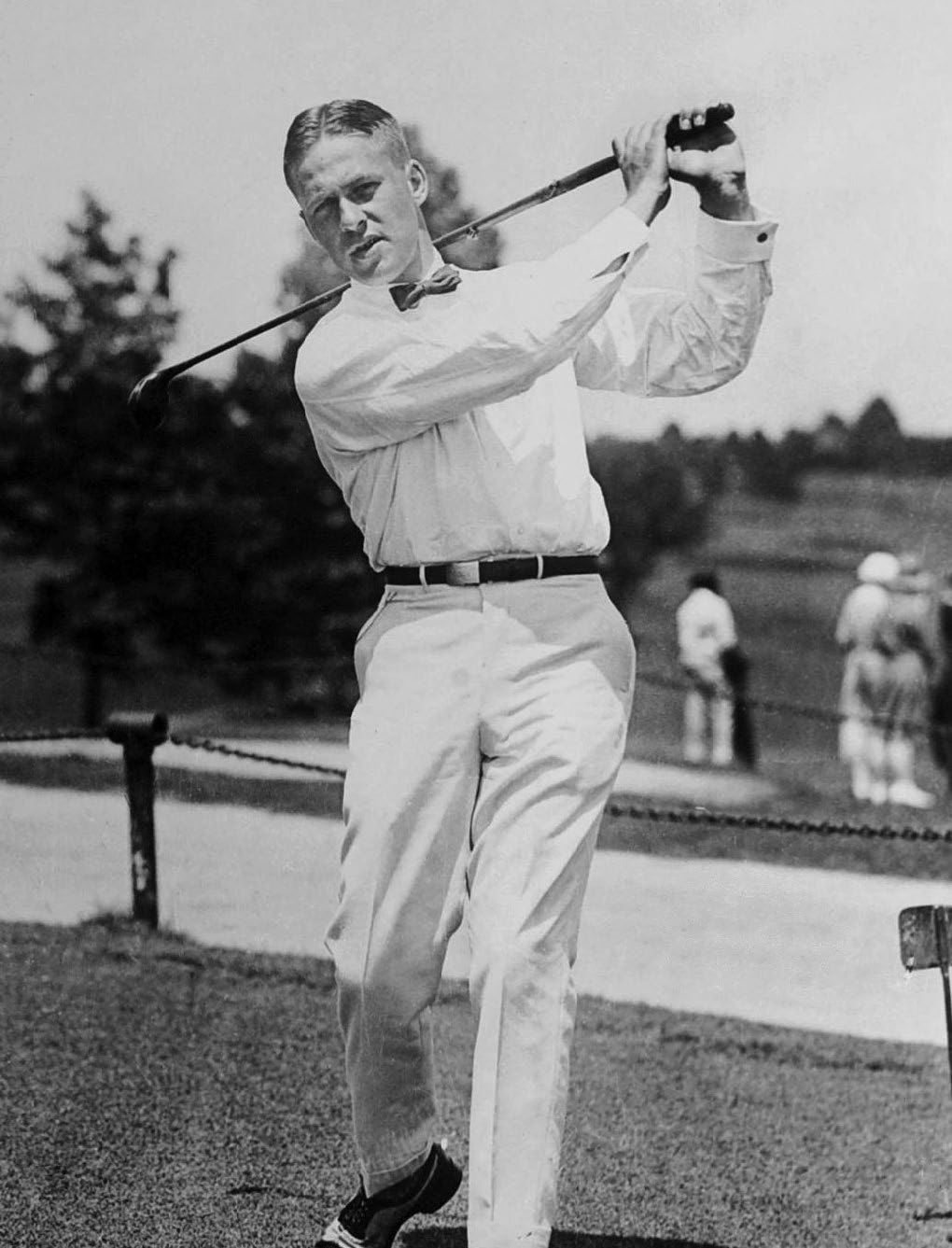
Bobby Joes
Bobby is the only golfer to hold all four major titles simultaneously. He is also the founder of Augusta National Golf Course, home of the Masters.
Integrity
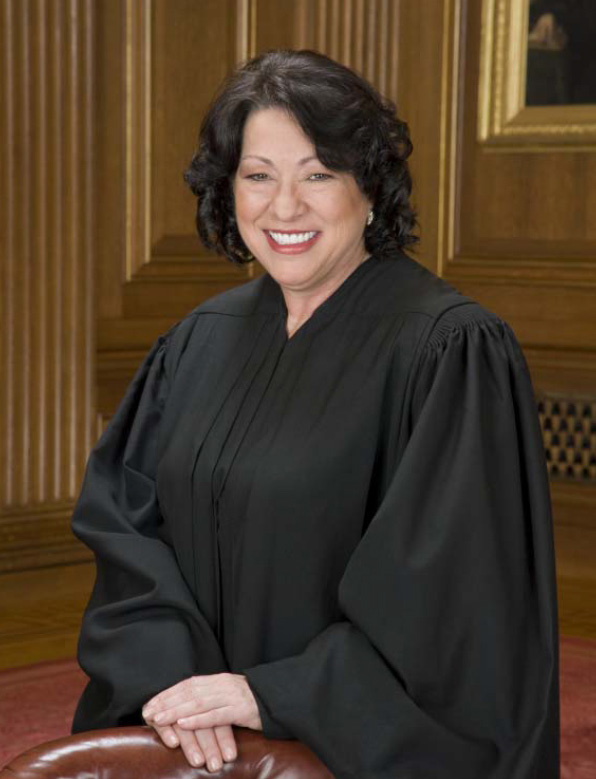
Judge Sonia Sotomayor
Judge Sonia Sotomayor was born in NY City and was mainly raised in one of the housing projects in the Bronx. In 2010, she became the first Hispanic-American and third female to serve on the U.S. Supreme Court.
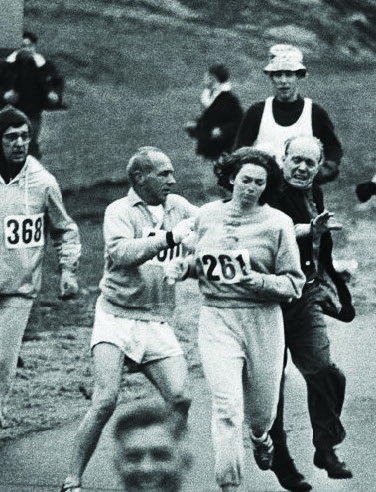
Kathrine Switzer
Kathrine is the first woman to run the Boston Marathon in 1967. At the time, it was thought that women could not complete such a race, so she registered as a male just to be able to run.
Courage
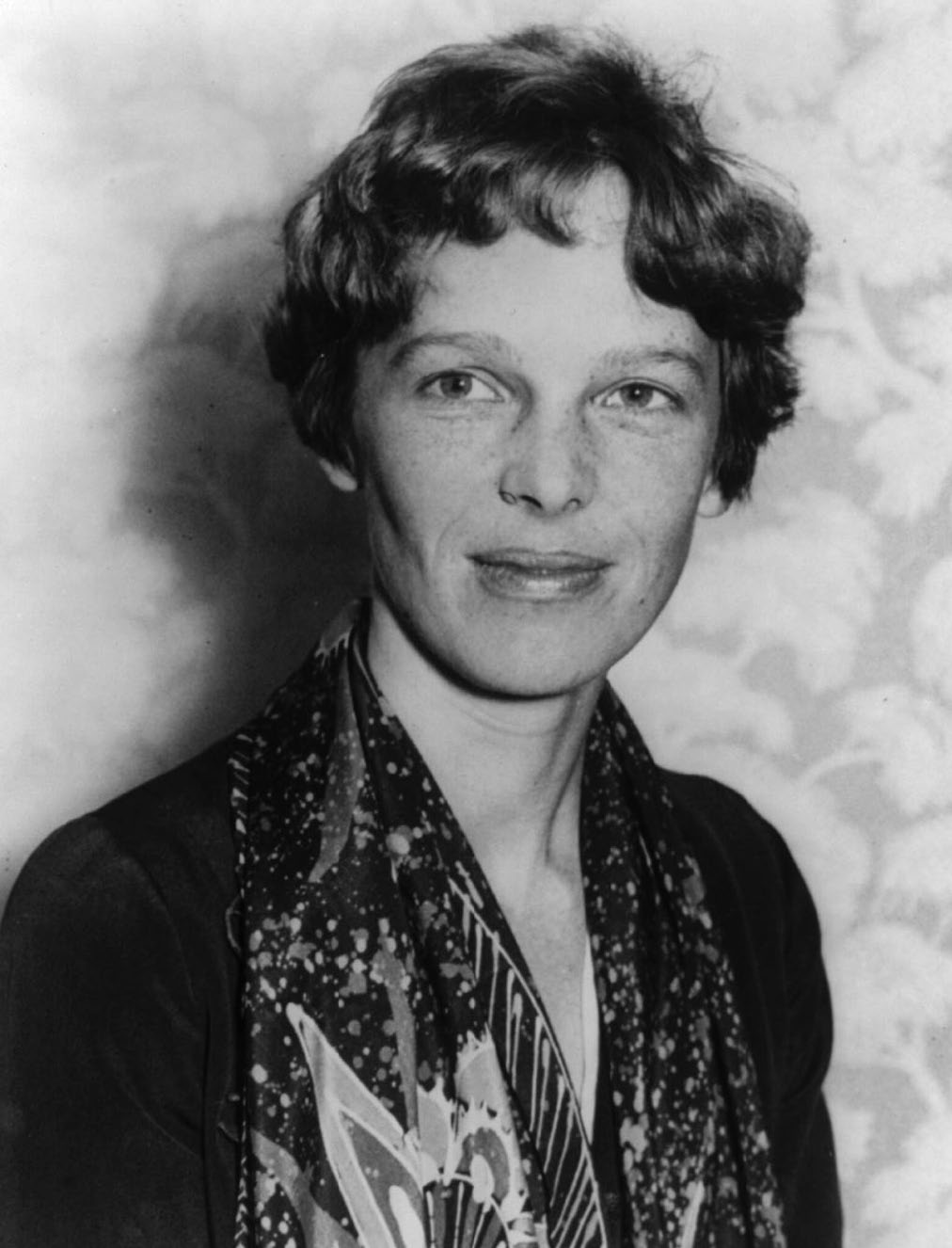
Amelia Earhart
Amelia displayed tremendous courage in becoming the first woman to fly across the Atlantic Ocean. She went on to set all kinds of flying records before her death in 1937.
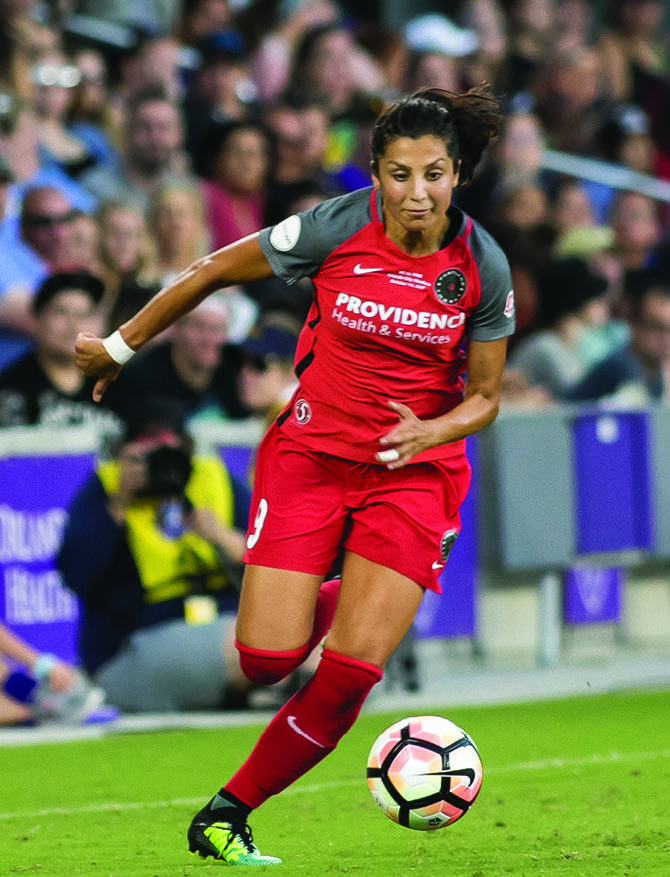
Nadia Nadim
Nadia was a refugee from Afghanistan. Her father was killed by the Taliban. She went on to play soccer for the Danish National Team and also played professional soccer before retiring to become a surgeon.
Appreciation
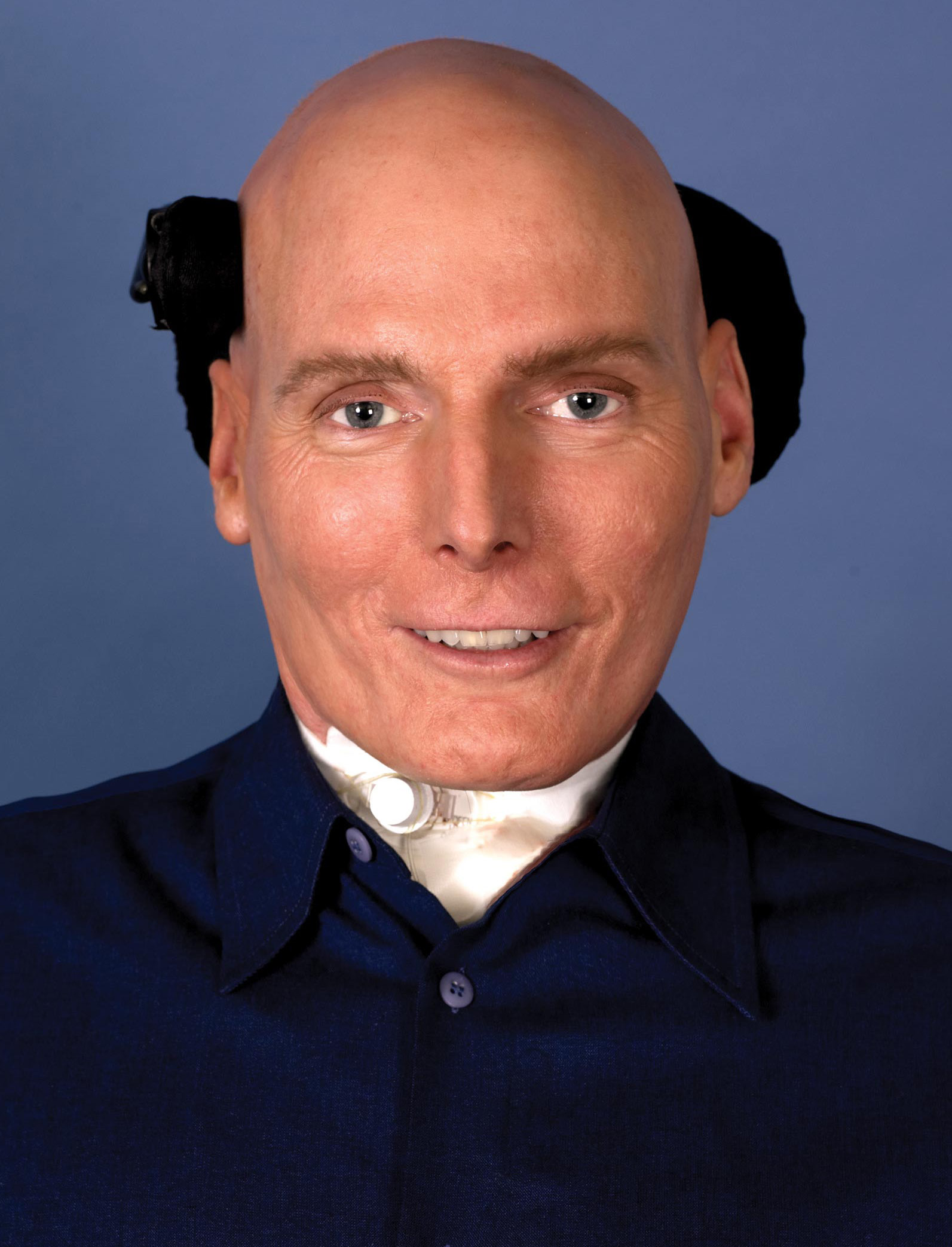
Christopher Reeve
The actor most recognized for his role as Superman, broke his neck in a riding accident in 1995. For the next 9 years as a quadriplegic, Christopher learned to appreciate the full meaning of life.
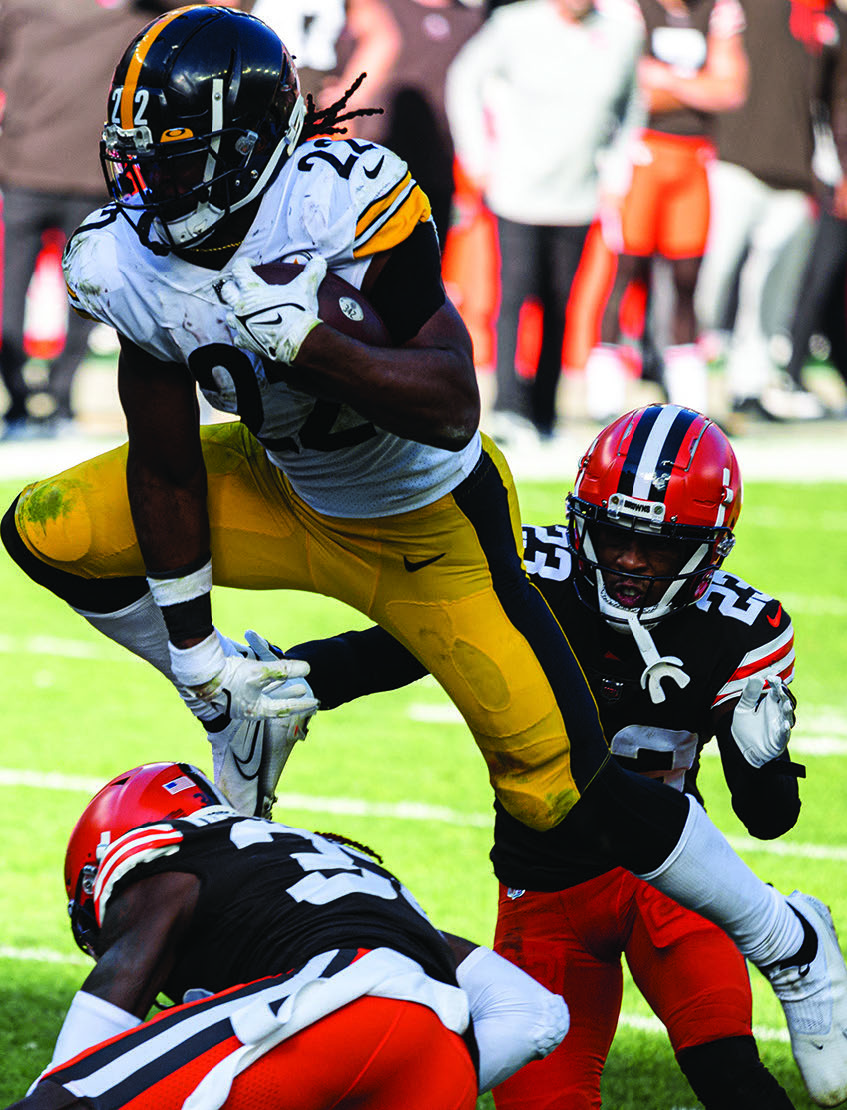
Najee Harris
Najee spent much of his childhood in homeless shelters. He held his 2021 NFL draft party at a homeless shelter to pay tribute to the people who helped him succeed.
Composure
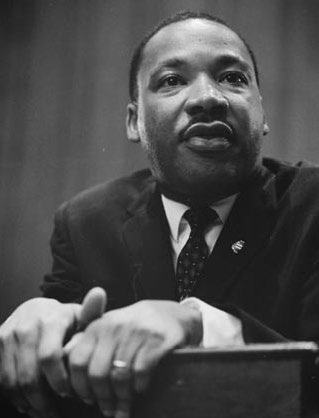
Martin Luther King, Jr.
Using the tactics of non-violent resistance, Dr. King led the Civil Rights Movement during the 1950s and 1960s, which ended segregation and Jim Crow Laws in the South.
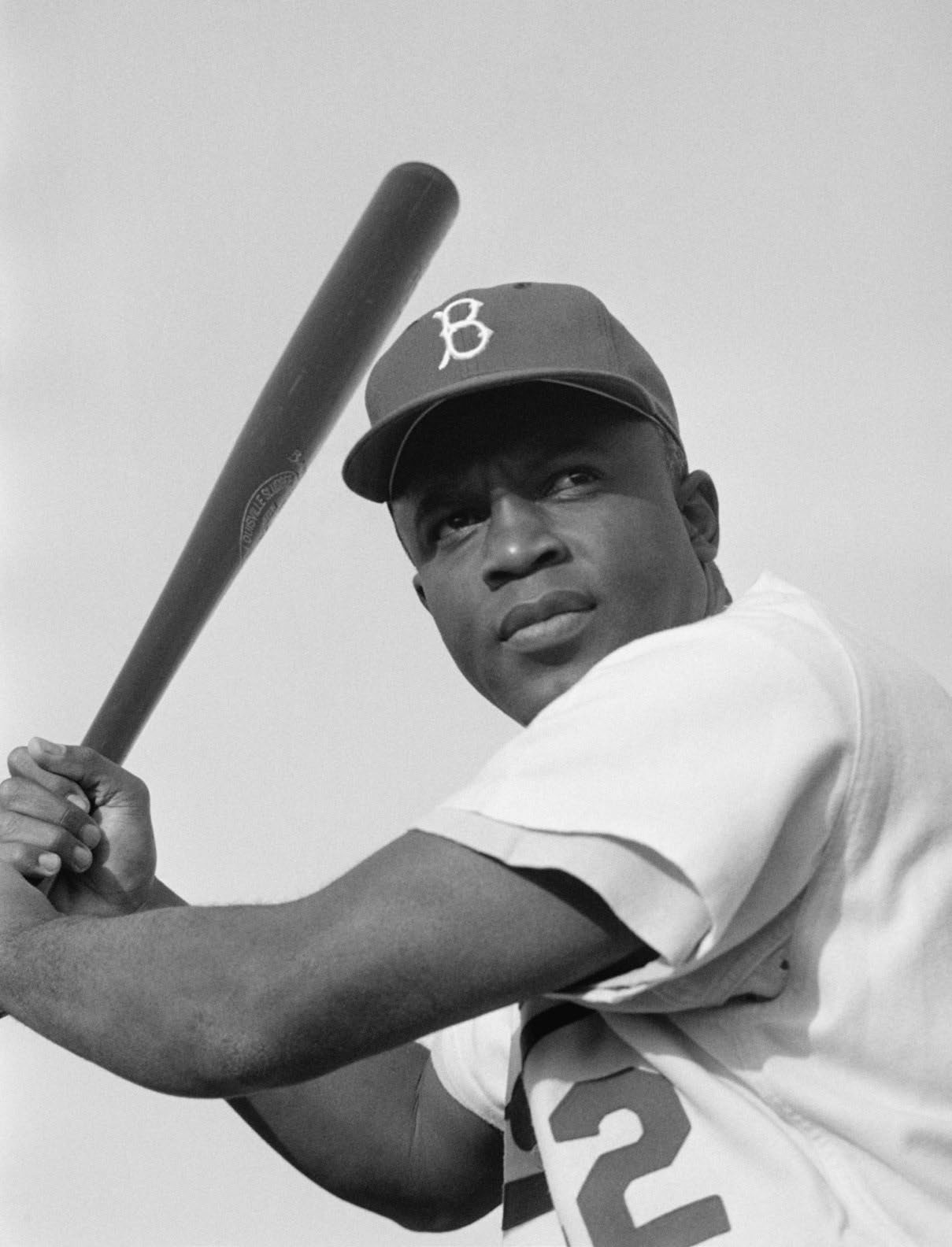
Jackie Robinson
Jackie is the first black person to break the color barrier in baseball and play in the major leagues. He exemplified composure to endure the racial epitaphs thrown his way.
Empathy
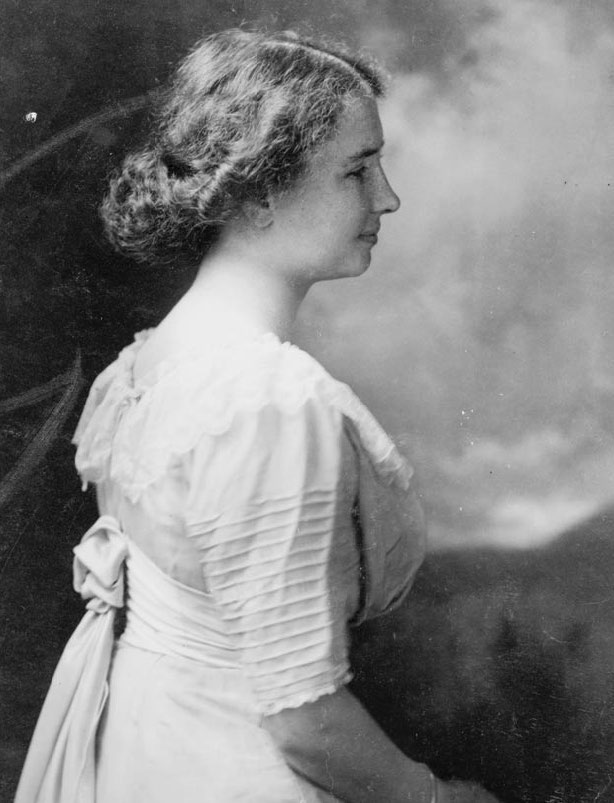
Helen Keller
At 18 months of age, Helen caught a fever that left her blind and deaf. Despite her disabilities, she learned to communicate, graduated from college and dedicated her life to helping others.
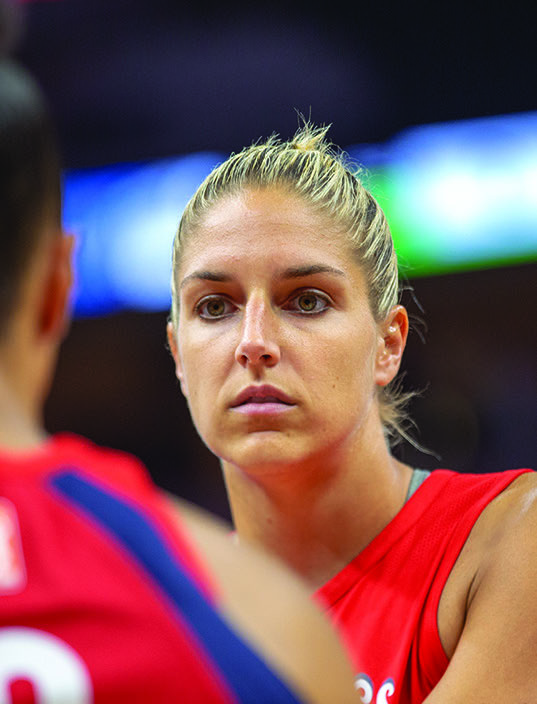
Elena Delle Donne
Elena’s sister was born blind, deaf and with cerebral palsy. She can only communicate with her sister through touch.
Compassion
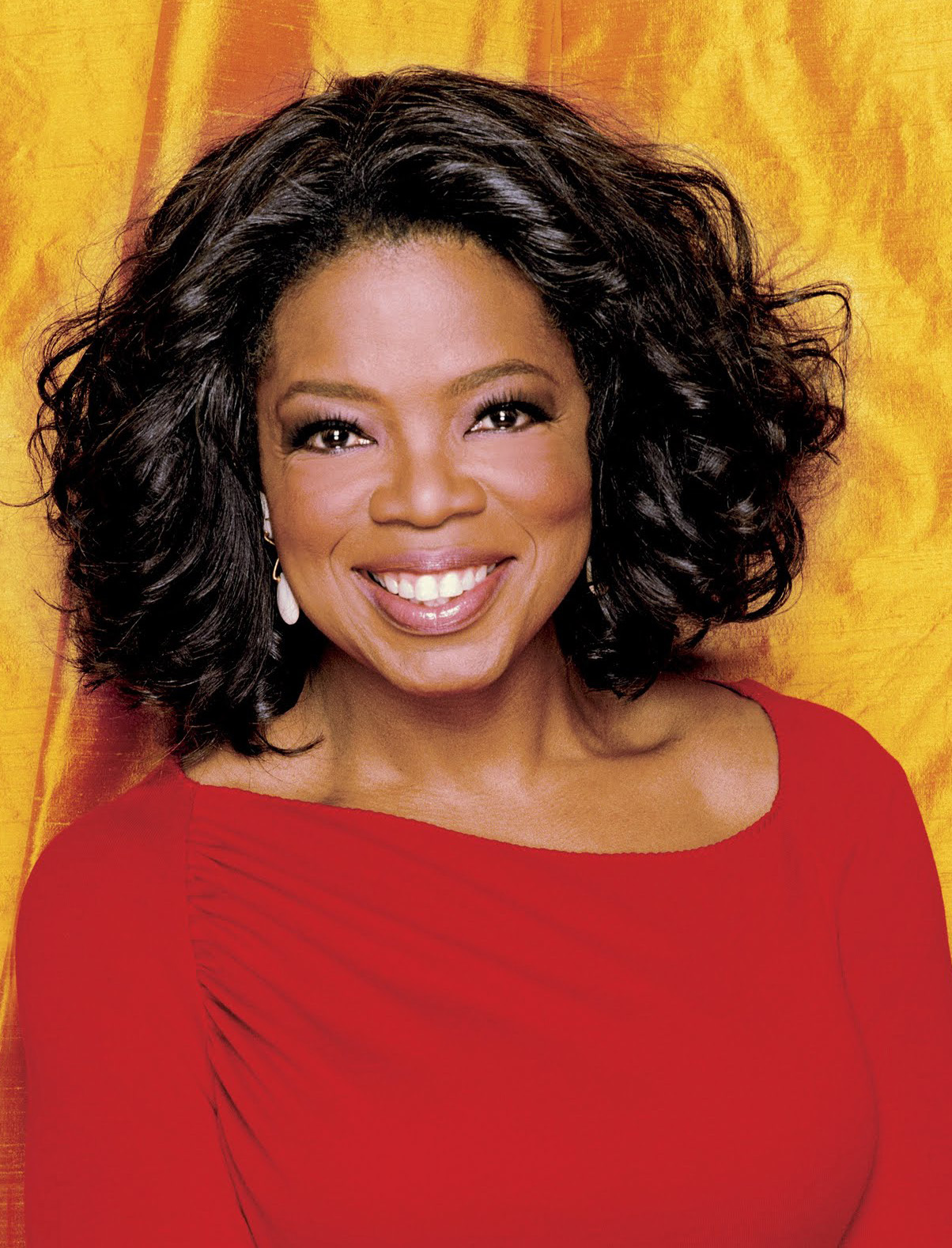
Oprah Winfrey
Despite meager beginnings, Oprah became the first African-American female billionaire. Due to her compassionate nature, she gives freely of her time and money to help others achieve success.
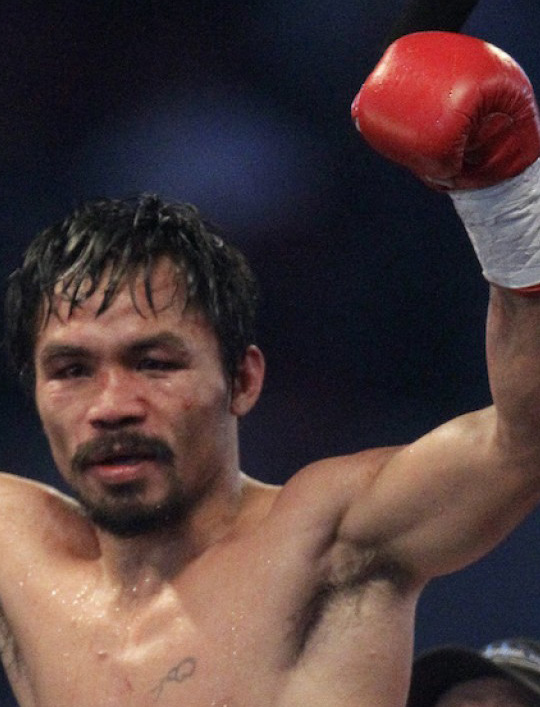
Manny Pacquiao
Manny was born in the war-torn nation of the Philippines in the poorest conditions. He went on to hold world boxing titles in 8 different weight divisions. Afterward, he dedicated his life to public service.
Tolerance
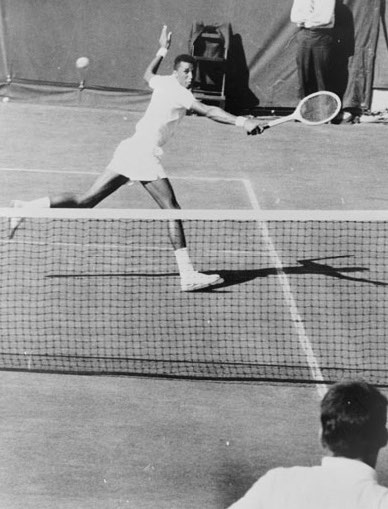
Arthur Ashe
Arthur was the first black male to be the number 1 ranked tennis player in the world. Yet, he will be most remembered for his character and integrity off the court.
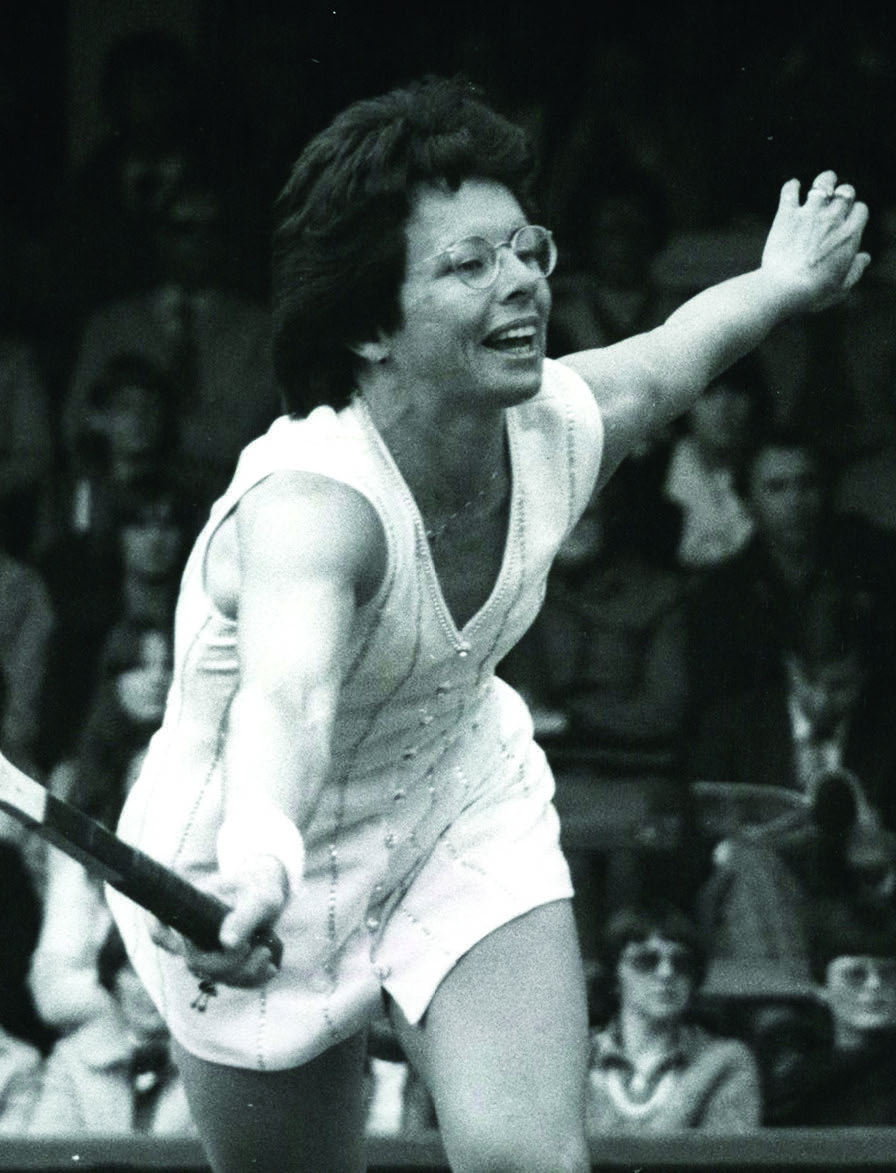
Billie Jean King
Billie Jean won 39 Grand Slam Titles. She fought for and achieved equal pay for women in tennis.
Service
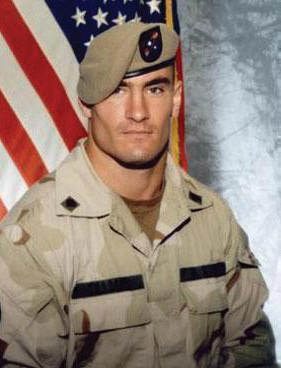
Pat Tillman
After September 11, 2001, Pat gave up a $3.6 million NFL contract to fight for his country in the war on terror. He lived a principled life and died fighting for his ideals.
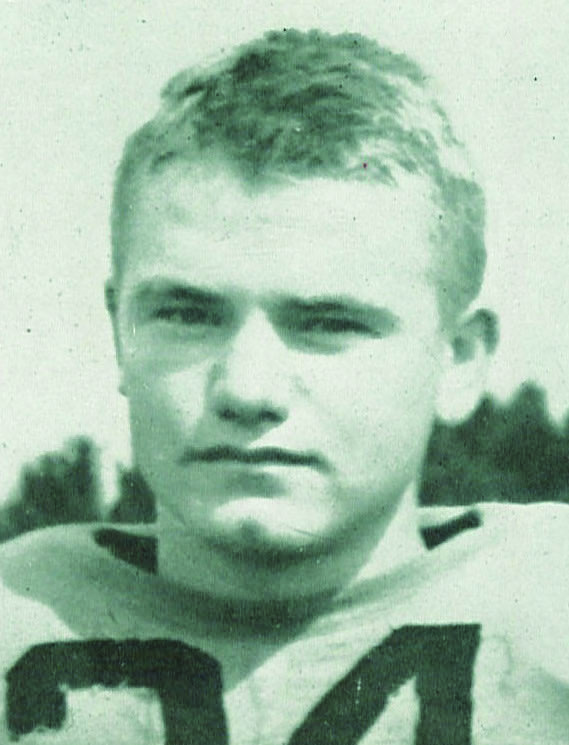
Nile Kinnick
Nile received the Heisman Trophy in 1939. He then enlisted in the Navy to become a Fighter Pilot. His plane crashed in the waters just off South America. Despite being rescued within 5 minutes, he was already dead.
Initiative

Elon Musk
Elon is the CEO of Tesla, SpaceX and X, formerly known as Twitter. He is one of the most daring and successful entrepreneurs of this generation.
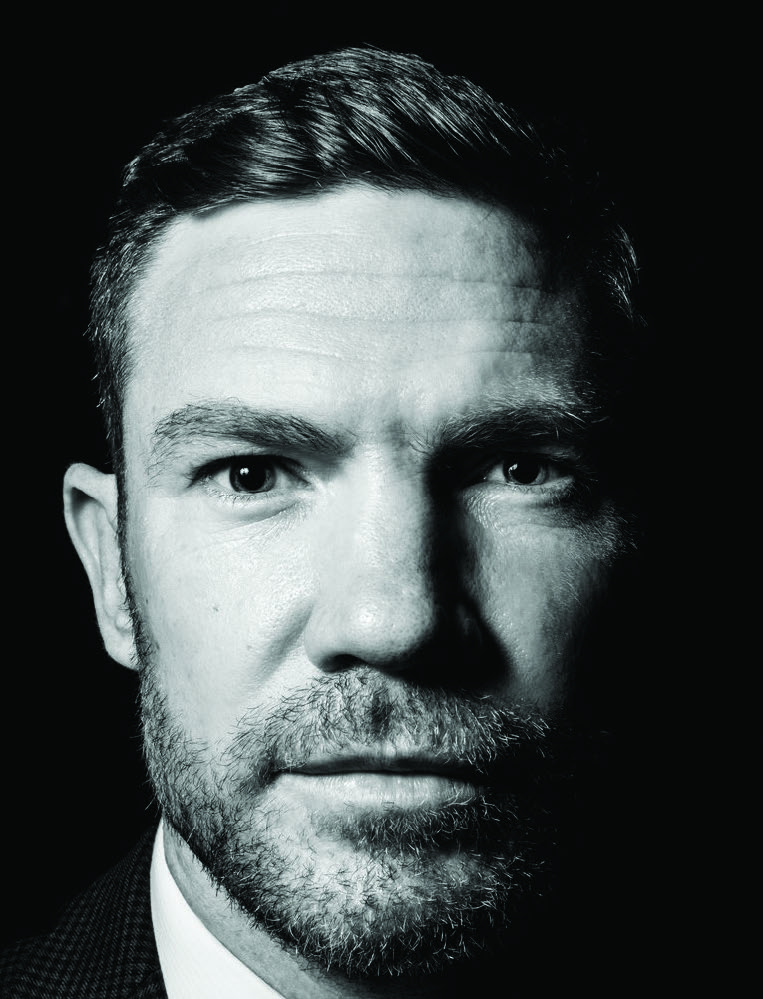
Nate Boyer
After 9/11, Nate joined the Peace Corps and later served as a Green Beret in the Army. He eventually became a walk-on at the University of Texas.
Loyalty

Nancy Reagan
Nancy and Ronald Reagan had a loving relationship that lasted 5 decades. Through their Hollywood careers, public lives and many illnesses, they always supported each other.
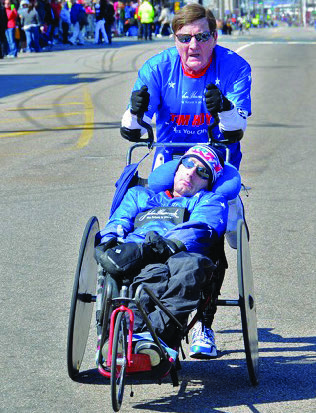
Dick and Ricky Hoyt
Rick was born a spastic quadriplegic with cerebral palsy. His father bonded with him by pushing him in races. Together, they raced in 1,130 races, including 72 marathons and 257 triathlons.
Responsibility
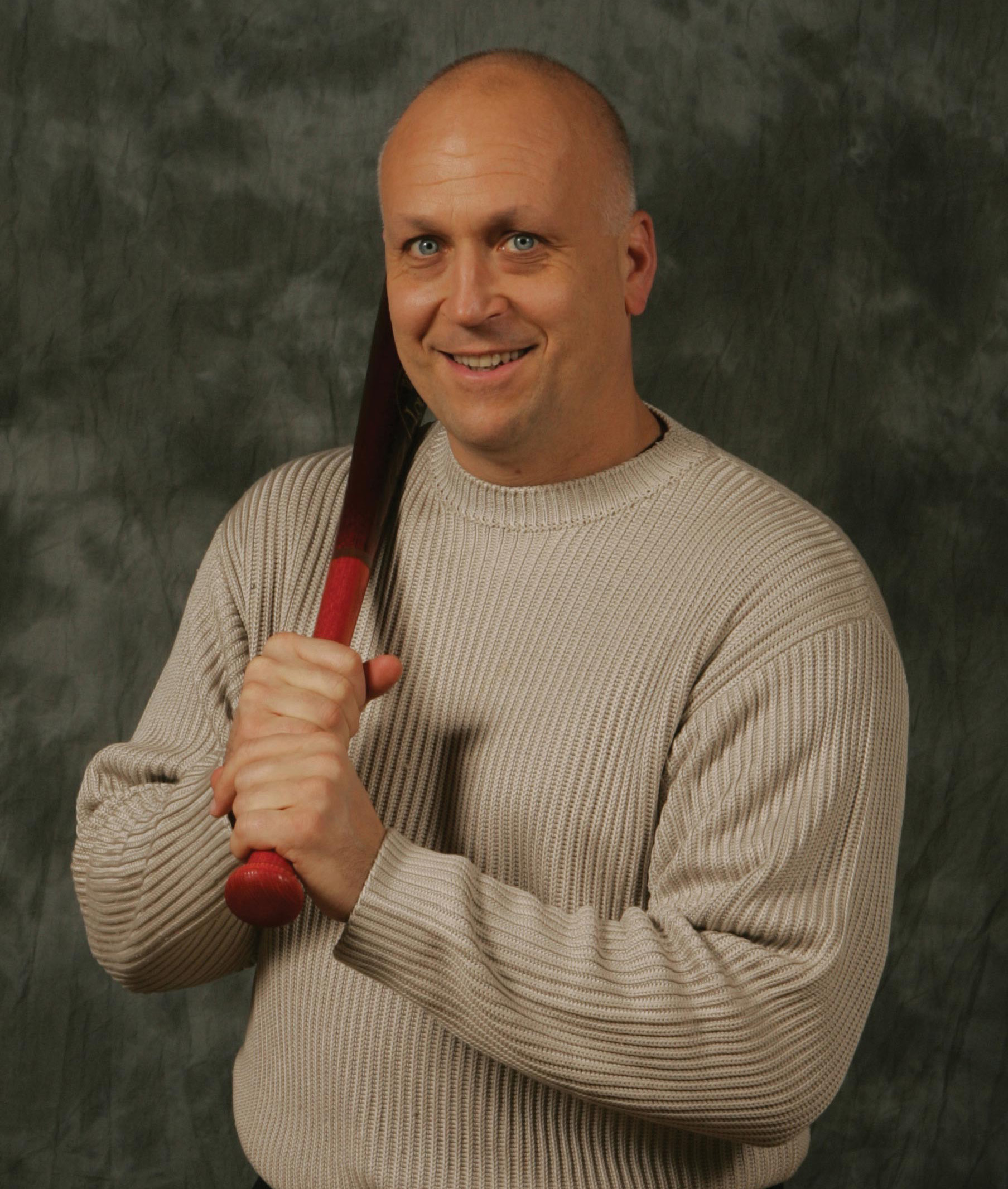
Cal Ripken, Jr.
The new iron man of baseball played in 2,632 consecutive games, all with the same team. Cal felt a responsibility to play everyday to the best of his ability.
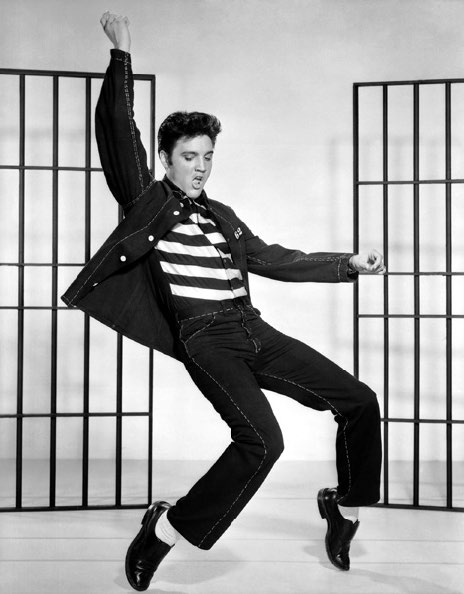
Elvis Presley
Elvis was born dirt poor in Tupelo, Mississippi. When he became a superstar, he felt a responsibility to provide to pull his family and friends out of poverty.
Leadership
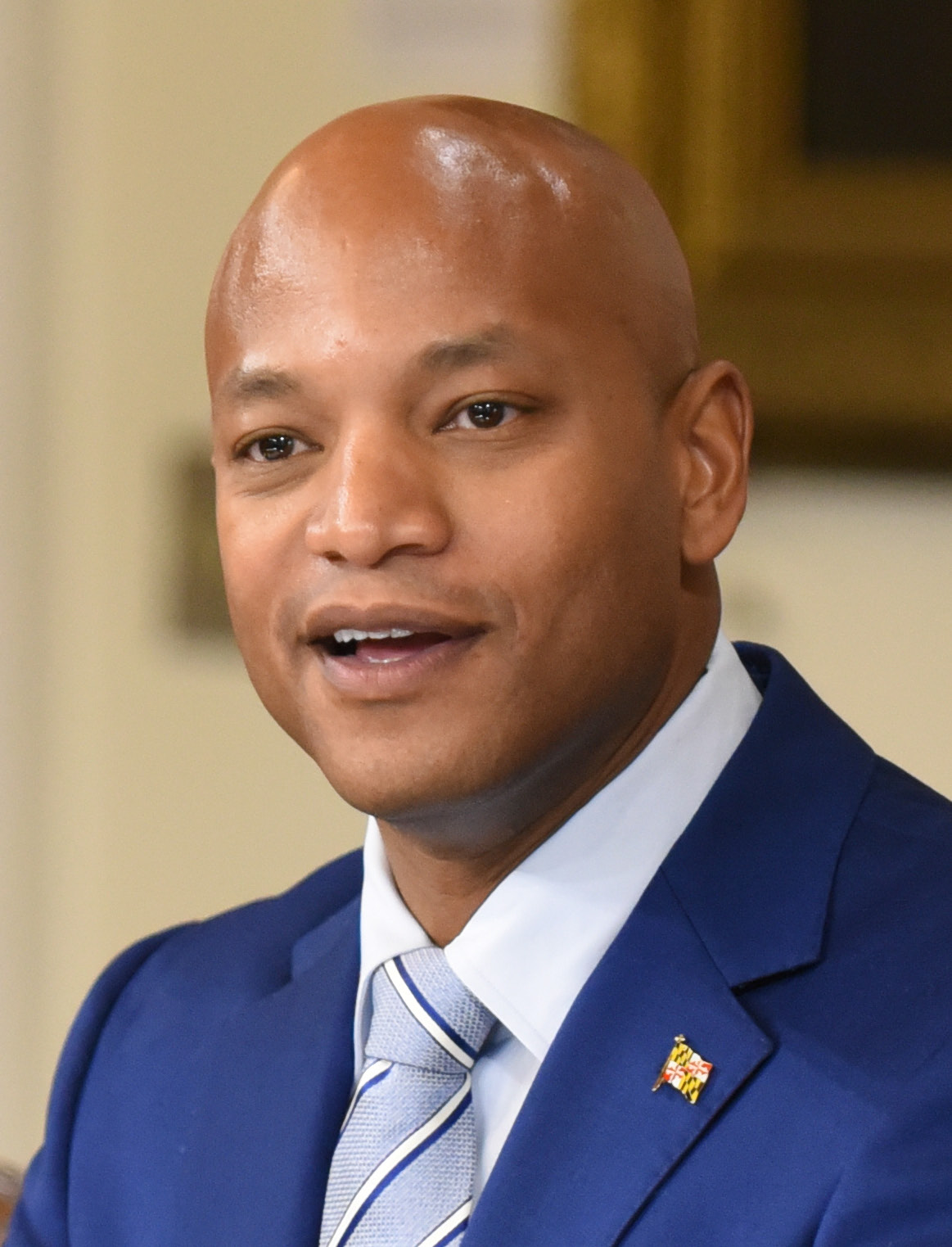
Wes Moore
Wes is the first Democrat and the first black man to ever be elected as the governor of Maryland. His story from rags to riches is inspiring.
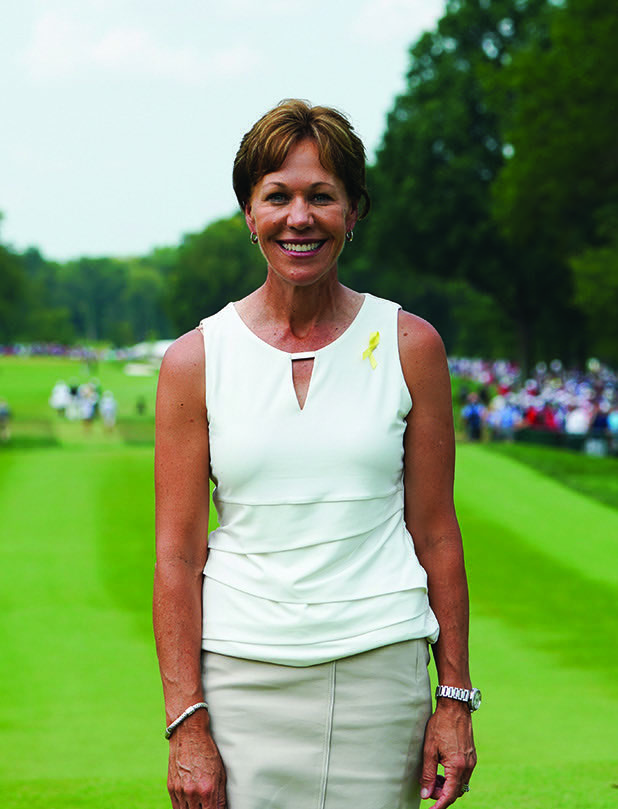
Suzy Whaley
Suzy became the first female president of the PGA of America. Her legacy on diversity and inclusion has guided the PGA to its highest heights in the history of the organization.
Character
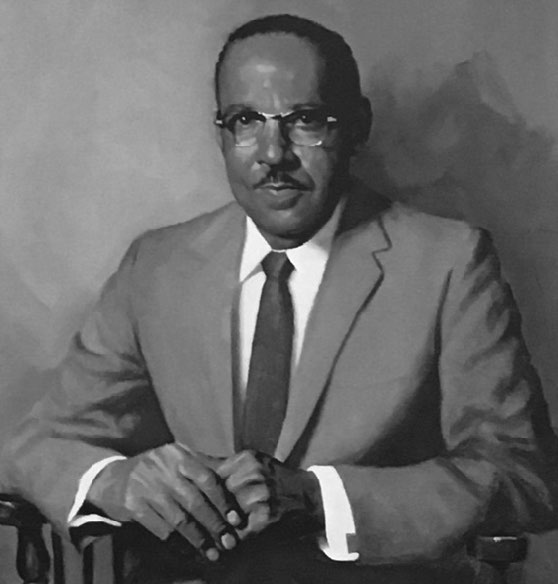
Vivien Thomas
Vivien is the black man behind first heart transplant surgery at Johns Hopkins University. His story became famous after HBO released Something the Lord Made in 2004.
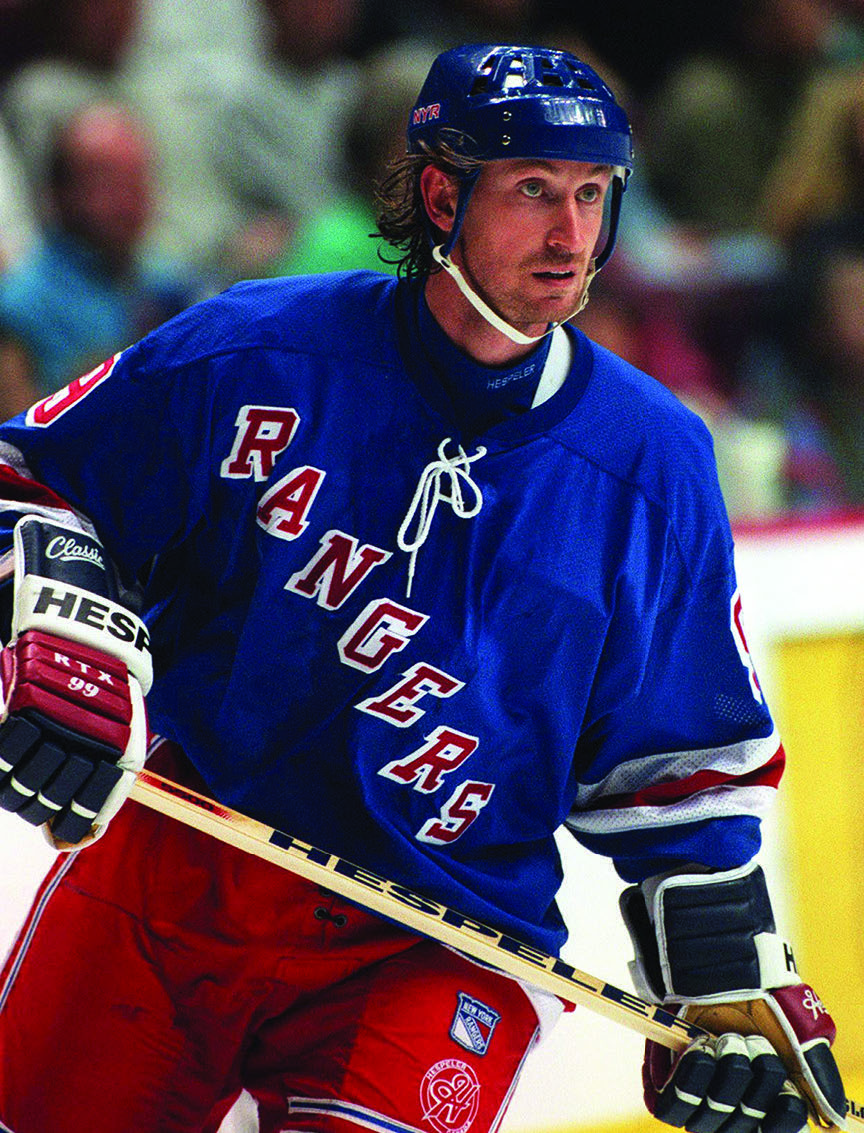
Wayne Gretzky
Wayne basically rewrote the NHL record book. Yet, he is equally known for his character as he is for his hockey abilities.
